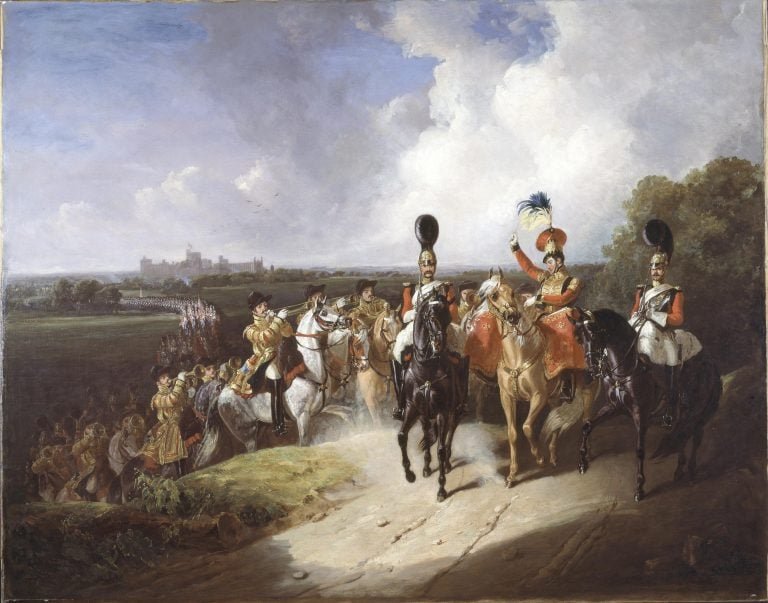Historian Dr. Eamonn O’Keeffe’s groundbreaking research reveals Britain’s earliest brass bands emerged from military musicians returning from the Napoleonic Wars, debunking the long-held notion that they originated in northern industrial communities.
*The Military Connection*
Regimental bands began adopting all-brass ensembles in the 1810s, influenced by new instrument designs from Continental Europe. Examples include:
1. *15th Regiment of Foot*: Bugles-only band by 1818.
2. *Life Guards*: Valved trumpets gifted by the Russian Czar.
3. Local defense units: Brass bands in Paisley (1819), Devon (1827), and Somerset (1829).
*Civilian Bands Emerge*
Veterans founded non-military brass bands from the 1820s onwards:
1. *Colyton Brass Band* (Devon, 1828): First recorded civilian band.
2. *Chester and Sunderland* (1829): Early examples.
3. *Derby and Sidmouth* (1831): Further expansion.
4. *Poole* (1832): Brass band growth.
*A Waterloo Veteran’s Legacy*
James Sanderson, a former trumpet major, founded a band in Leamington Spa (1829). His military background and performances:
1. Waterloo anniversary parade (1829).
2. Village feast in Stoneleigh (1829).
*Rethinking Brass Band History*
Dr. O’Keeffe’s research redefines Britain’s brass band heritage:
1. Deep roots in military history.
2. Earlier origins than previously thought.
3. Wider geographical spread.
*References*
1. O’Keeffe, E. (2024). The origins of Britain’s brass bands. The Historic al Journal.
2. National Army Museum.
3. British Library Board
.

















